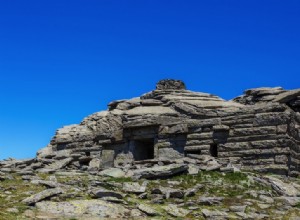500 years ago, Hernan Cortés landed in Mexico. An exploration project to find the ships of the Spanish Conquistador expedition is underway in the Gulf of Mexico. Anomalies reported by magnetometers off Playa Villa Rica, Mexico, which may correspond to the scuttling site of Cortès fleet (1519). WR




